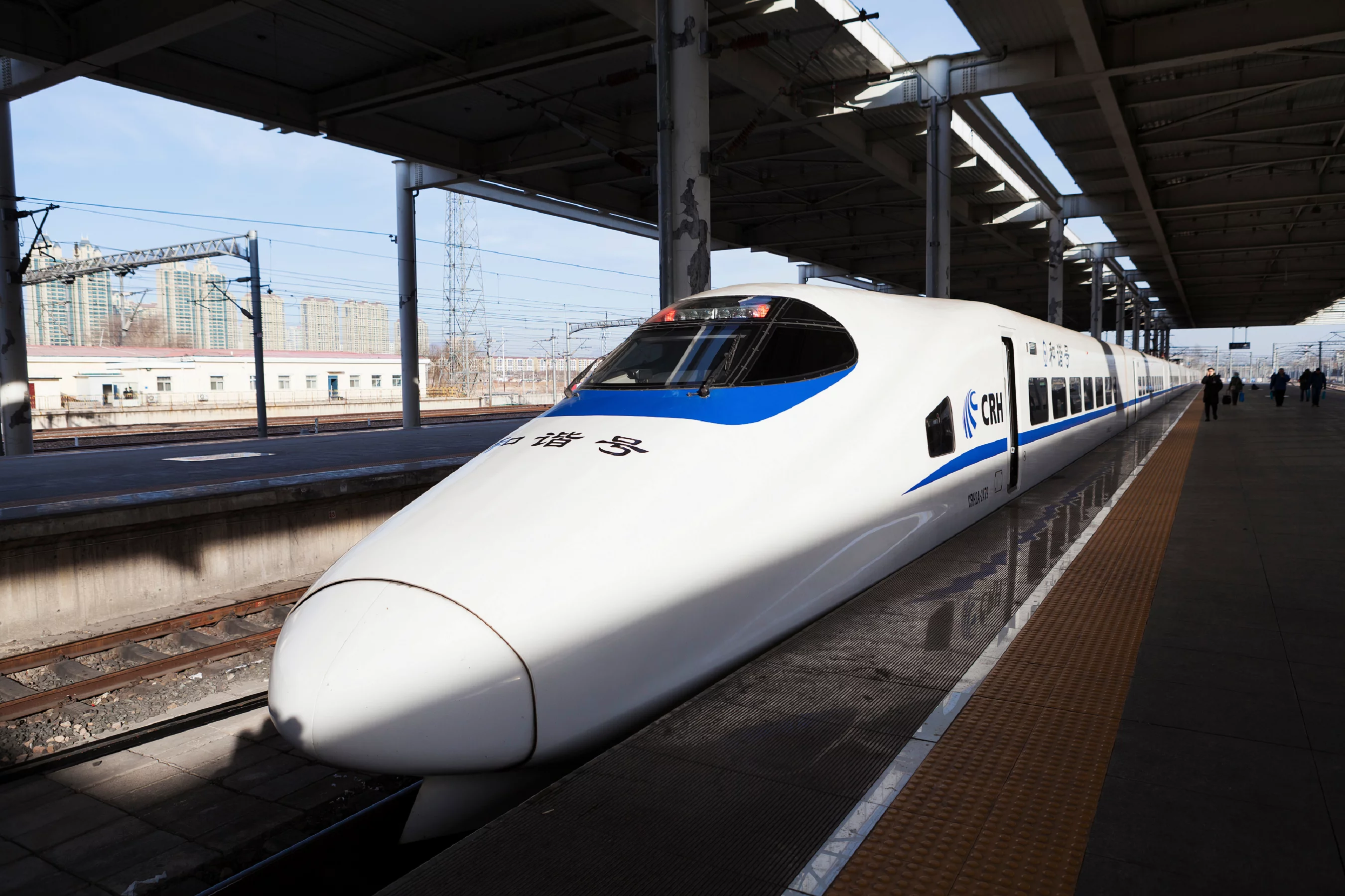China is known for the unstoppable growth of its high-speed rail network. It only took the country 17 years to transform from no high-speed railway to enjoying the world’s largest network, with at least 37,900 kilometres (around 23,500 miles) of lines crisscrossing the nation. Hundreds of millions of Chinese people travel by high-speed trains, with many using them to commute, becoming an integral part of the Chinese economy.
Travelers in China choose the high-speed option because it is like flying, but at a lower price and with much shorter intervals of travel, giving the commuter valuable time and money in return. Recently, another reason attracting travelers’ attention to high-speed trains is duty-free products, adding to the additional value provided by this service.
Over the last few weeks, many travelers have found an increase in the quality of the products sold on Chinese high-speed trains. Apart from souvenirs, food, and local specialties, some trains are also equipped with tax-free goods, including snacks, cosmetics, and toiletries. This diversification of products on the rail service has afforded the potential for brands to reach consumers in a new way.
This new service celebrates the tenth anniversary of Eurasian rail transportation – the longest goods railway line worldwide that connects China, Kazakhstan, Russia, Belarus, Poland, Germany, France, and Spain. This trans-Eurasian route is now scheduled to extend to Japan and Korea by 2022.
Due to its international access and continued growth into new countries, it allows brands from across the world to interact with global consumers. In turn, those companies looking to further expand their business can utilize this existing network as a way to advertise and market, further boosting their potential sales in markets usually untapped.
However, at present, not all the trains have started selling tax-free items to the customers. Although most of the offers are good bargains, Chinese consumers have expressed mixed feelings towards this new trend. While some are excited to find out which trains offer this service, others feel annoyed by the sales experience and raise concerns about the lack of after-sale service.
How well this new avenue for sales can be integrated remains to be seen, with those brands doing so having to put thought and care into the consumer experience they provide. If they can provide a positive experience that goes hand in hand with the travel experience commuters seek, there is vast potential to increase scope globally and increase profits in a market saturated by consumers.
Read more:









